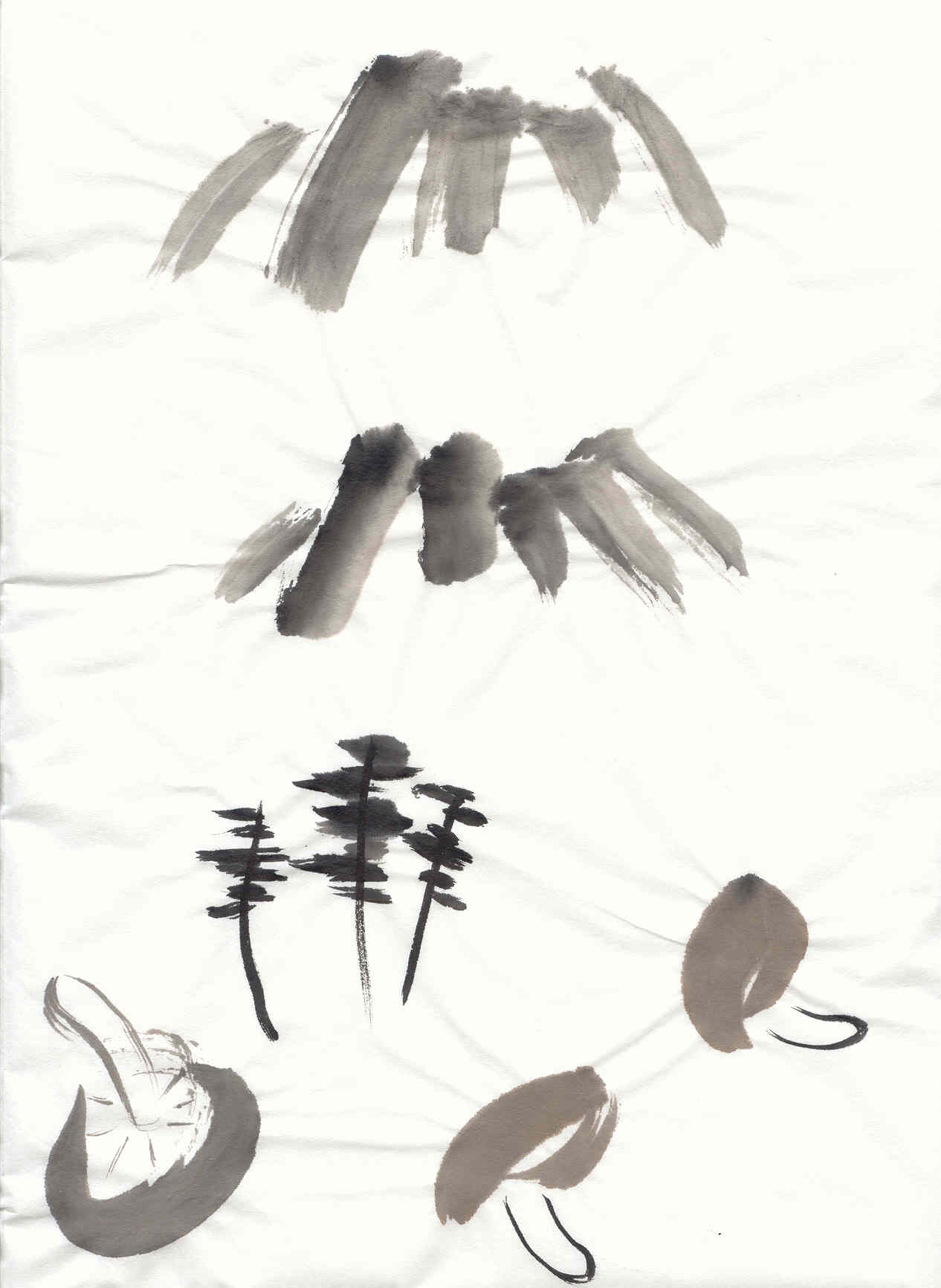 Nihon (sometimes pronounced Nippon) is the Japanese name for Japan; it means "the source of the sun." That's why Japan is often referred to as the land of the rising sun.
Nihon (sometimes pronounced Nippon) is the Japanese name for Japan; it means "the source of the sun." That's why Japan is often referred to as the land of the rising sun.
Takeshi Asai's Japanese Newsletter - Waiting for Dawn in the Land of the Rising Sun
 Nihon (sometimes pronounced Nippon) is the Japanese name for Japan; it means "the source of the sun." That's why Japan is often referred to as the land of the rising sun.
Nihon (sometimes pronounced Nippon) is the Japanese name for Japan; it means "the source of the sun." That's why Japan is often referred to as the land of the rising sun.
Recently, however, many Japanese have felt forsaken by the sun because, metaphorically speaking, it isn't rising at all. In fact, for more than six years it's been eclipsed by a series of nightmares that have been haunting the economy of this once vital country. According to a July report published by the National Police, the number of people who committed suicide in 1998 increased by 35 percent, an unbelievable 32,863 people. Even more alarming, the number of people who have died in their forties and fifties due to risutora (corporate downsizing or literally "restructuring") has increased by 70 percent. Clearly, the current economic turmoil is far more serious than anybody could have imagined.
Despite the gloomy mood blanketing the nation, people are making their best efforts to enjoy a pleasant summer. Fortunately, summer brings many sports events and festivals to cheer them up. Everyone's favorite is the annual baseball tournament called Koshien. Japanese love baseball as much as-if not more than-Americans do, but in a different way. Every year thousands of people watch the high school baseball tournament on television. Of course, they know that high school students are not as good as professional baseball players, but they just thoroughly enjoy watching students play ball with a sort of samurai spirit. Calling baseball yakyu, Japanese have loved this American sport for more than 50 years.
Speaking of baseball, this summer the Japanese have followed the games of five Japanese major leaguers playing on U.S. teams. Some people stay up late watching the games on satellite TV. When the two pitchers, Hideo Nomo of the Milwaukee Brewers and Hideki Irabu of the New York Yankees, both won games on July 11, most Japanese were astounded. Until recently, nobody ever imagined that Japanese baseball players could even cross the Pacific Ocean to compete not to mention become tournament winners.
Another popular sports event in July is the sumo tournament. Interestingly, we have an alternate version of crossing the Pacific Ocean. As for this most ancient Japanese sport-its history goes back more than a thousand years-Japanese never guessed Americans would be sumo champions. In 1991 the first American wrestler to win the title yokozuna, meaning grand champion, was Akebono. And amazingly, this summer we have witnessed yet another American wrestler, Musashimaru, winning the title: the 67th yokozuna. Sumo, very nearly a sacred Japanese tradition, has become internationalized just like American baseball.
You don't have to be a baseball or sumo fan to prevent gloomy feelings because mid-August brings an event that everyone looks forward to: Bon. Originally a Buddhist holiday that welcomed the souls of ancestors back to earth for four days, in modern times it also means summer vacation when everybody visits the family home for a week. Even though the whole nation has been modernized and westernized, some of the traditional religious rites remain. For example, some families hang paper lanterns, prepare special foods, and enjoy bon-odori, a dance festival to entertain their invisible guests. At the end of bon, some participants have special ceremonies called shoryo-nagashi when they float paper lanterns down rivers, sending the souls of ancestors back to the other world. Those bidding farewell sometimes walk down the riverbank following the lanterns while others just watch them fade away. This is one of the most profound moments of the year. People feel spiritual and pray for good health and prosperity. This year, however, prosperity seems as ephemeral as the souls of visiting ancestors. Everybody-not just business people-is fervently praying for a new dawn in the land of rising sun.
published as Japanese Monthly, June/July 1999 issue
edited by Marcia Allen
Back to Japanese Newsletters Home Page
Back to Top Page of Takeshi Asai's Website